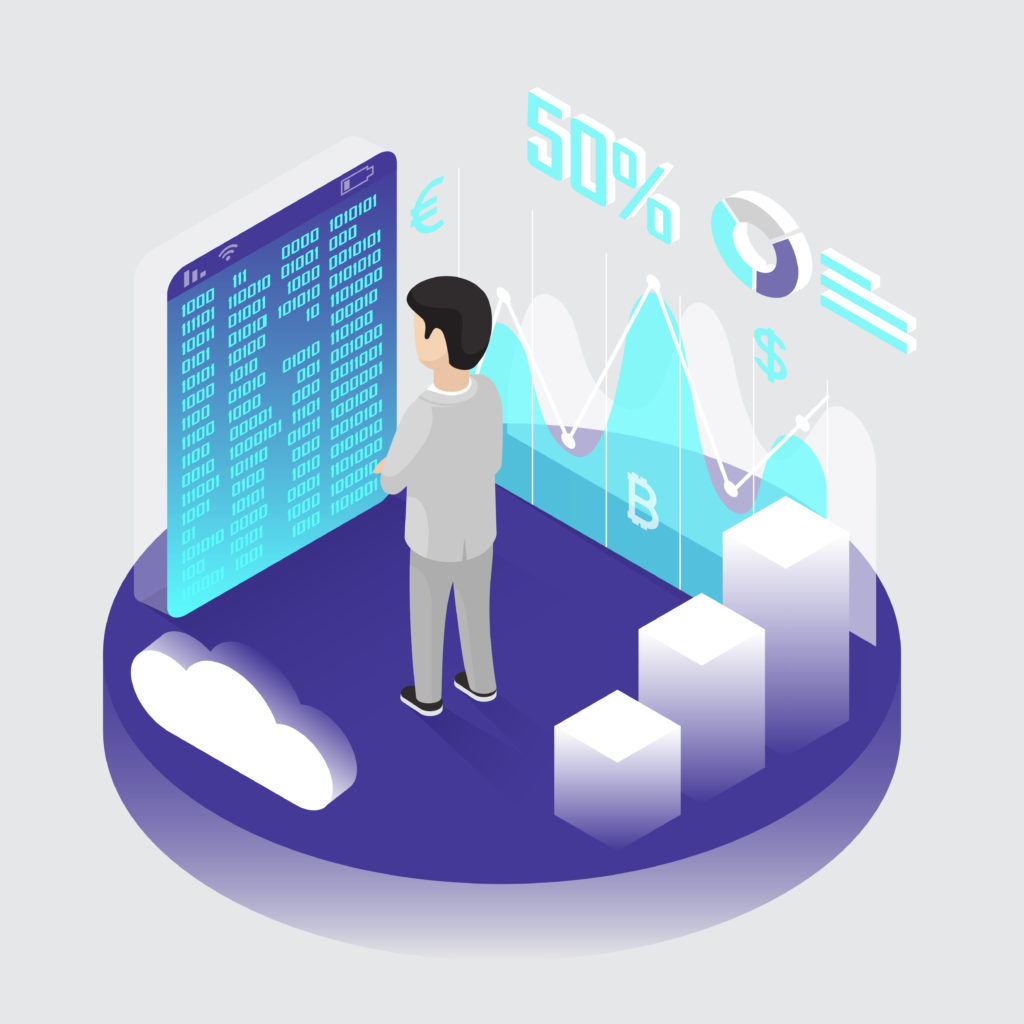Every company relies on data to make its decisions-for building a model, training a system, knowing the trends, getting market values. Storing the data in different places can be a bit risky because we don’t get a clear picture of the available data in that company which could lead to misleading reports, conclusions and thus a very bad decision making. So it’s important to move the data from different sources and store it in a centralised location. Information needs to be ingested for the digestion to take place. So a company must understand the value of data ingestion and its related technologies because it can boost business value.

Data driven decisions for a better
Everyone who is running a business wants it to be the best. How can you achieve them? The efforts to achieve them should begin with data. A company should have as much data as possible to understand the customers, to predict the market values, to refer to the sale. Moreover emerging technologies like machine learning work in a very precise and efficient manner with the help of data provided to them. Hence data plays a very important role in modern technologies and it serves as a backbone for every company. Nowadays most of the companies are engulfed by the data floods and it is important to store and manage this data. If these companies do not want to compromise its success, they need to rely on data ingestion and thus the company could make better products, analyse market trends, and thus lead to better decision making.
How can we define data ingestion?
Ingestion means to take something or to absorb. As the word itself says Data Ingestion is the process of importing or absorbing data from different sources to a centralised location where it is stored and analyzed. Data comes in different formats and from different sources. So it is important to transform it in such a way that we can correlate data with one another.
Data can be ingested in real-time or in batches or a combination of two. If you ingest data in batches, data is collected, grouped and imported in regular intervals of time. It is the most common type and useful if you have processes which run at a particular time and data is to be collected at that interval of time. Groups may be formed based on logical ordering or some other conditions. It is a more cheap and easier way of implementing ingestion.
If you ingest data in real-time, data is imported every time source emits the data. It involves no grouping. It is useful when process where continuous monitoring is required and hence it’s quite expensive compared to batch ingestion. When the combination is used, it balances the benefits of both modes of ingestion where the batch ingestion gives the time-sensitive data and real-time ingestion gives extensive views of data.

Data Ingestion tools
Choosing an appropriate tool for data ingestion is not an easy task and it is even more difficult if there is a large volume of data and the company is not aware of the tools available in the market. With the help of the right tools managing data like importing, transferring, loading and processing data becomes easier. These tools also help the companies to modify and format the data for analysis and storage purposes. Companies should select the data sources, check the validity of each data and also ensure the safe transfer of data to the destination. Most of the companies use ingestion tools developed by experts. Before choosing the data ingestion tool make sure that the tool goes well with your current existing system. A person with no coding experience can handle the tool.
Features of an ideal data ingestion tool
Data extraction and processing: It is one of the important features. It involves the extraction of data and also collecting, integrating, processing and delivering the data.
Data Flow visualisation: It simplifies every complex data and hence visualises data flow.
Scalability: Another feature is their ability to scale to hold different data sizes and meet the different needs of the organisation as they designed for extension.
Advanced security features: Many additional security features like encryption and security protocols like HTTP, SSH is provided by ideal data ingestion tools.
Multi-platform support and integration: This feature allows us to extract all types of data from different data sources without affecting the performance of the systems.

Top data ingestion tools
Some top data ingestions tools include Apache Kafka, Apache NIFI, Apache Storm, Syncsort, Apache Flume, Apache Sqoop, Apache Samza, Fluentd.
Apache Kafka: It is an open-source streaming software platform which can handle several events. It is created by LinkedIn and later on donated to Apache foundation and is written in Scala and Java. The aim of this project is to provide unified, high throughput, low latency platform for handling real-time data. Thousands of companies are built on Apache Kafka, some of them include Netflix, LinkedIn, Microsoft, Airbnb, The Newyork Times.
Apache NIFI: It is a data ingestion tool which supports the flow of data between the systems. It is a java program that runs within a java virtual machine. It also provides some high-level capabilities like web-based user interface, seamless experience between design, control, feedback and monitoring, data provenance, SSL, SSH, encrypted content. It is highly configurable which can modify data even at run time.
Apache Storm: It is an open-source distributed real-time big data processing system. It has the capability of highest ingestion rate. It is simple and all manipulations on real-time data are executed in parallel. Apache storm is leading among real-time data analytics. It is easy to set up and operate and it guarantees that every message will be processed at least once.
Syncsort: It provides the software that allows the organisation to collect, integrate, sort and distribute more data in less time with fewer resources and lower costs. It offers fast, secure, grade products. You can design your data applications and deploy them anywhere.
Apache Flume: It is used for efficiently collecting, aggregating and moving large amounts of log data. It is distributed, reliable and has a simple, flexible architecture based on streaming data flows. It uses a simple, extensible data model for an analytic application. It secures from any kind of data loss and even in the case of any system component failure, data will be completely protected. It is possible to connect many data sources to gather logs from multiple systems and can stream data into multiple systems.
Apache Sqoop: It is designed for transferring bulk data between Hadoop and databases. It helps to import databases to files in Hadoop Distributed File System. It generates Java classes which help you to interact with the imported data. They have pre-built connectors which help to integrate with external systems like MySQL, PostgreSQL and Oracle. They can combine structured data with unstructured or semi-structured data in a single platform and thus enhance the existing analytics.
Apache Samza: It is a distributed stream processing framework which is connected with Apache Kafka. It takes full advantage of Kafka’s architecture and provides fault tolerance, isolation and stateful processing. It only supports JVM language which does not have the same language flexibility as Storm.
Fluentd: It is an open-source data collection software which lets you unify data collection for better use and consumption of data. It is simple but remains flexible. It can connect to many sources and outputs while keeping its core simple. Many companies rely on fluent as it can connect up to thousands of server.

